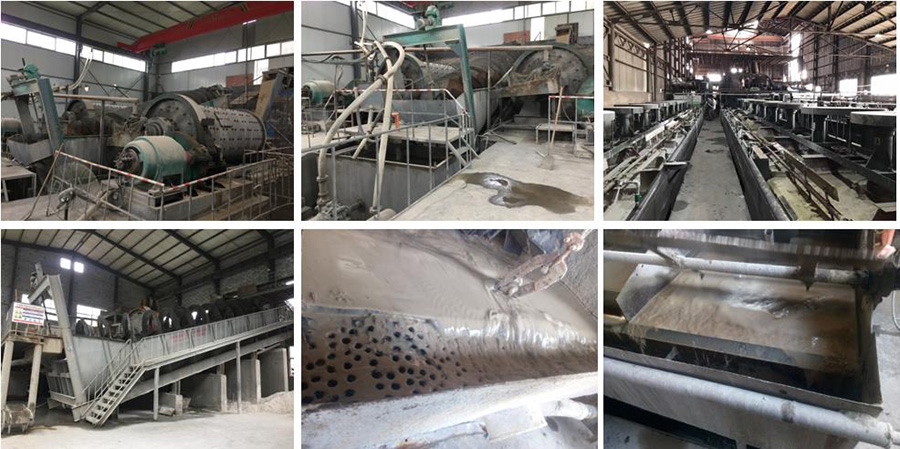Importance of Flotation Particle Size in Mineral Processing
Mineral processing uses flotation to separate valuable minerals from gangue. The size of the particles being processed is a crucial factor that influences flotation efficiency. This article explores the relationship between flotation particle size and the overall success of the flotation process.
Why Particle Size Matters
In flotation, mineral particles and air bubbles adhere to each other. Smaller particles tend to adhere more readily to air bubbles due to several factors:
Surface Area: Smaller particles have a larger surface area-to-volume ratio, making them more likely to contact air bubbles.
Kinetic Energy: Smaller particles have higher kinetic energy, which can facilitate collisions with air bubbles.
Reduced Interference: Smaller particles are less likely to be hindered by other particles or impurities during the flotation process.
The Forces at Play
The adhesion between particles and air bubbles is influenced by three primary forces:
- Gravity: The weight of the particle tends to pull it away from the bubble.
- Surface Tension: The surface tension of the bubble helps to hold the particle in place.
- Gas Pressure: The pressure within the bubble can also affect the adhesion.
The balance of these forces determines whether a particle will remain attached to the bubble or be detached.
Optimal Particle Size Range
For most minerals, there is an optimal particle size range for flotation. Particles that are too small can be difficult to recover due to their tendency to remain in suspension. Conversely, particles that are too large may not adhere well to air bubbles due to their weight.
The ideal particle size range varies depending on the specific mineral being processed and the operating conditions. However, a common range is between 10 and 150 microns.
Factors Affecting Flotation Particle Size
In addition to the intrinsic properties of the mineral particles, several other factors can influence flotation particle size:
Grinding Fineness: The degree to which the ore is ground affects the particle size distribution.
Pulp Concentration: The concentration of solids in the pulp can impact the interaction between particles and air bubbles.
Flotation Time: The amount of time available for particles to attach to air bubbles is crucial.
Reagent System: The type and dosage of reagents used can influence the hydrophobicity of the mineral particles.
Pulp Temperature: Temperature can affect the surface properties of minerals and the behavior of air bubbles.
Flotation Process: The specific flotation process used (e.g., column flotation, mechanical flotation) can have an impact on particle size requirements.
Flotation particle size is a critical parameter in mineral processing. By understanding the factors that influence particle size and optimizing operating conditions, it is possible to achieve higher recoveries and improve the overall efficiency of the flotation process.
Whatsapp:+86 133 1927 7356
Email:[email protected]


